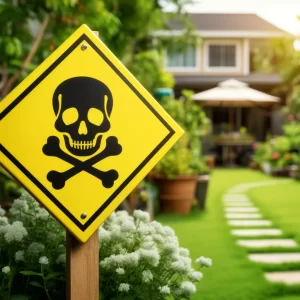
In the tranquil embrace of a garden, nature unfurls in a kaleidoscope of colors, fragrances, and forms, inviting an intimate dance with the botanical world. Yet, lurking within this verdant paradise, a darker narrative unfolds, one where beauty masks danger and allure cloaks peril. This narrative is the essence of the poison garden, a term that evokes intrigue and caution, reminding us that not all that blooms are benign. As garden enthusiasts seek to cultivate their personal Eden, understanding the darker side of botany becomes crucial. Here, we delve into the heart of the poison garden, unveiling 10 plants that, while captivating, harbor toxic secrets that should preclude their place in your garden.
1. Oleander (Nerium oleander)
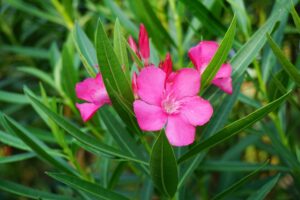
Amidst the floral ensemble, Oleander stands out for its lush, vibrant blooms and evergreen beauty. However, beneath its charming façade lies a lethal truth. Every part of this plant, from its slender leaves to its sanguine flowers, is imbued with toxins capable of causing severe cardiac complications. Oleander’s allure is a siren call that gardeners must resist, lest they inadvertently invite danger into their backyard sanctuaries.
2. Foxglove (Digitalis purpurea)
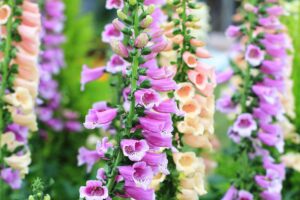
Foxglove, with its majestic spires adorned with bell-shaped flowers, is a sight to behold. Yet, its beauty is a double-edged sword. The plant contains digitalin, a potent compound used in heart medications but deadly in uncontrolled doses. Planting foxglove in a garden frequented by children and pets is akin to harboring a beautiful but treacherous guest.
3. Water Hemlock (Cicuta maculata)
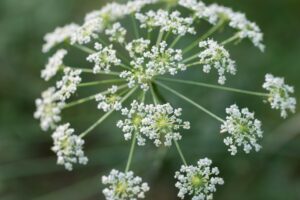
Water Hemlock, often mistaken for its benign cousin, the wild carrot, is a botanical wolf in sheep’s clothing. Its roots, particularly, contain cicutoxin, a substance that wreaks havoc on the nervous system, leading to potentially fatal seizures. The inclusion of water hemlock in a garden is a perilous oversight that can transform a place of refuge into a ground of unseen threats.
4. Castor Bean (Ricinus communis)
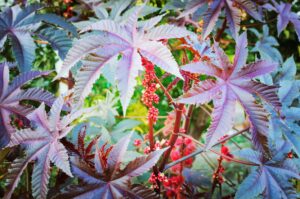
The castor bean plant, with its tropical allure and star-shaped leaves, might tempt gardeners seeking an exotic touch. However, it is the bearer of ricin, one of the most deadly naturally occurring toxins. A single castor bean is enough to endanger a life, making it a plant that demands respect and distance rather than a place in a home garden.
5. Deadly Nightshade (Atropa belladonna)
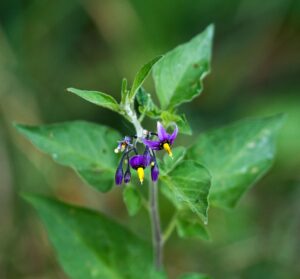
Deadly Nightshade, or belladonna, is steeped in historical lore for its use in potions and poisons. Its berries, deceptively inviting, hold atropine and scopolamine, compounds that can lead to delirium, hallucinations, and, in severe cases, death. Integrating deadly nightshade into a garden is akin to flirting with a historical poisoner’s arsenal.
6. White Snakeroot (Ageratina altissima)
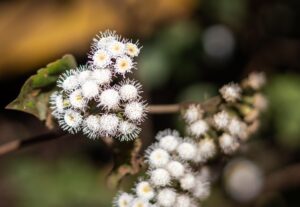
White Snakeroot, with its innocent clusters of white flowers, conceals a deadly secret in its sap – tremetol. This toxin, once indirectly responsible for the milk sickness that claimed numerous lives in the 19th century, remains a latent threat, particularly to those raising livestock. Its presence in a garden could unwittingly echo tragedies of the past.
7. Angel’s Trumpet (Brugmansia)
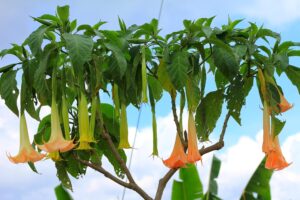
Angel’s Trumpet enchants with its pendulous, trumpet-shaped flowers and sweet scent, but it’s a botanical siren. Every part of this plant is laced with tropane alkaloids, which can induce disorientation, hallucinations, and, in severe cases, fatal respiratory paralysis. Its hypnotic beauty belies the grave risk it poses, making it an unsuitable choice for a safe, family-friendly garden.
8. Autumn Crocus (Colchicum autumnale)
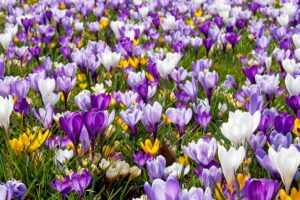
The Autumn Crocus, with its delicate lilac blooms, heralds the arrival of fall. Yet, its beauty is a façade for the danger it harbors – colchicine, a potent toxin that disrupts cellular function. Mistaking it for its benign lookalike, the saffron crocus, can lead to grave medical emergencies, highlighting the importance of caution in plant selection.
9. Monkshood (Aconitum napellus)
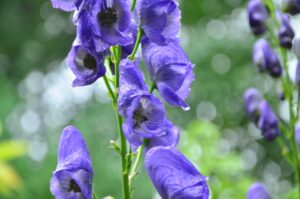
Monkshood, also known as Wolfsbane, is a plant shrouded in myth and danger. Its striking blue hooded flowers contain aconitine, a potent neurotoxin. Handling monkshood without gloves can lead to aconitine absorption through the skin, causing severe neurological effects. Its inclusion in gardens is a dance with danger, best avoided for the sake of safety.
10. Dumb Cane (Dieffenbachia)
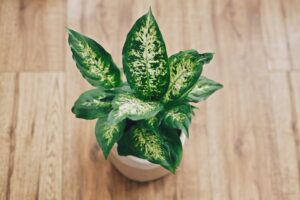
Dumb Cane is popular for its striking foliage, yet its common name hints at the peril it poses. The plant’s sap contains oxalate crystals that can cause temporary speechlessness and throat swelling if ingested. Its presence in a garden, particularly one accessible to curious children and pets, is a risk that undermines the sanctuary’s safety.
Understanding the Dangers of the Poison Garden
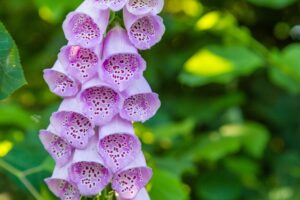
Ultimately, the concept of a poison garden, while fascinating, serves as a poignant reminder of the respect and caution we must accord to the natural world. The allure of these plants, with their bewitching beauty and intriguing histories, cannot overshadow the inherent dangers they pose. As we curate our gardens, let us tread the fine line between admiration and caution, ensuring that our green havens remain safe sanctuaries for all who seek solace within their embrace.
Read More:
The Dark Side of Gardening: 14 Common Mistakes That Can Ruin Your Garden
12 Low-Maintenance Gardening Tips for the Busy Millennial
Catherine is a tech-savvy writer who has focused on the personal finance space for more than eight years. She has a Bachelor’s in Information Technology and enjoys showcasing how tech can simplify everyday personal finance tasks like budgeting, spending tracking, and planning for the future. Additionally, she’s explored the ins and outs of the world of side hustles and loves to share what she’s learned along the way. When she’s not working, you can find her relaxing at home in the Pacific Northwest with her two cats or enjoying a cup of coffee at her neighborhood cafe.
Leave a Reply